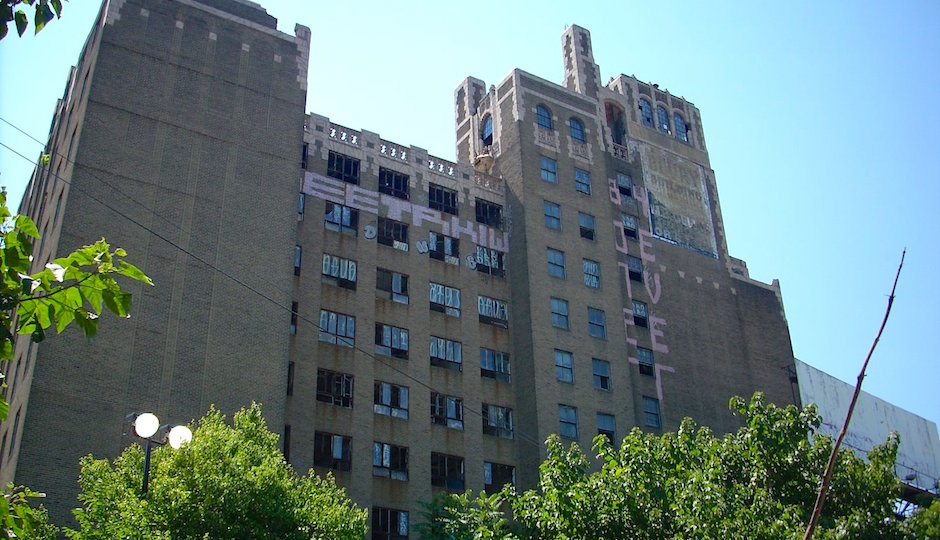Penn Study Finds Fixing Up Abandoned Buildings Makes Neighborhoods Safer

North Philadelphia’s Beury Building | Photo credit: Ty via Flickr
Forgive the sardonic tone, but really? I mean, it’s great we’ve got the proof now should someone be spectacularly dense enough to disagree, but – oh, wait. Yeah, okay. People. Got it.
According to a study conducted by researchers at Penn Medicine, remediating abandoned buildings results in a significant reduction in crime and violence for the surrounding area. There findings showed that after the City of Philadelphia began to enforce its “Doors and Windows” ordinance, which requires property owners on mostly occupied blocks to have working windows and doors 24/7, and called for improved façades, both serious and nuisance crime incidents went down a year after the changes were made.
The most notable decrease? 39 percent.
HealthCanal.com reports a sister study that tracked the greening of abandoned lots found similar results, in addition to seeing a drop in stress and sedentary behavior in local denizens. Meanwhile, other studies have discovered a connection “between boarded-up buildings and drug-related deaths and sexually transmitted diseases.” (Uh, gross.)
As you might expect, Michelle Kondo, the Penn study’s lead researcher, attributes the crime decrease to the fact that spruced up exteriors serve as a warning “to potential offenders that a property is occupied and crime is not tolerated.”
Fellow researcher Charles Branas, a professor of epidemiology at the Perelman School of Medicine, offered this as the study’s takeaway:
“This study provides useful evidence that cities can directly impact some of their most pressing public health challenges, like violence, by changing the places within which their residents live, work, and play, as opposed to relocating residents as has been done in the past,” Branas said. “These sorts of place-based programs are gaining credibility as practical and low cost, yet potentially high-return, health and safety solutions when compared to other options.”
- H/T:Remediating Abandoned, Inner City Buildings Reduces Crime and Violence in Surrounding Areas, Penn Study Finds [Health Canal]


